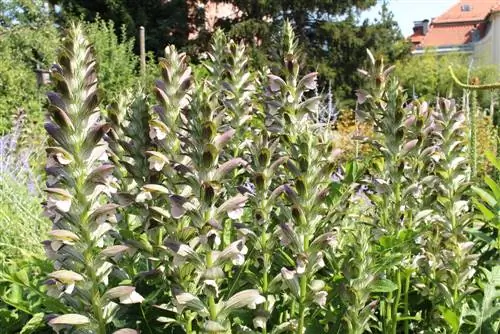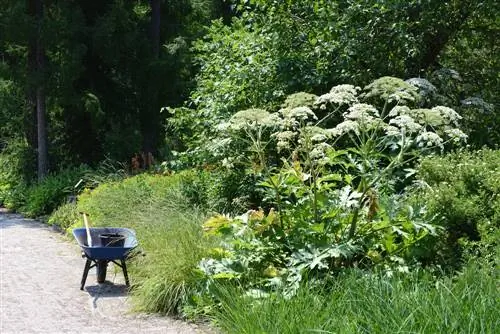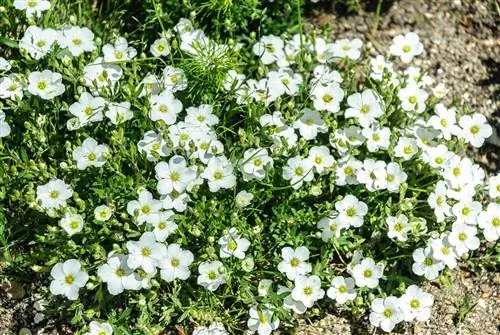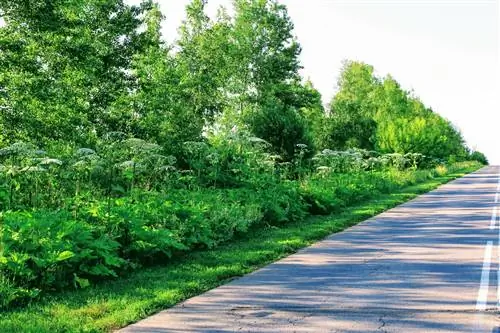- Author admin [email protected].
- Public 2023-12-16 16:46.
- Last modified 2025-01-23 11:21.
The Southeast European wild perennial Acanthus hungaricus is making a remarkable comeback in German ornamental gardens. However, the popular name Balkan hogweed gives the interested gardener a headache. The numerous warnings about dangerous giant hogweed have made nature lovers aware of this important issue. This guide provides a well-founded answer.
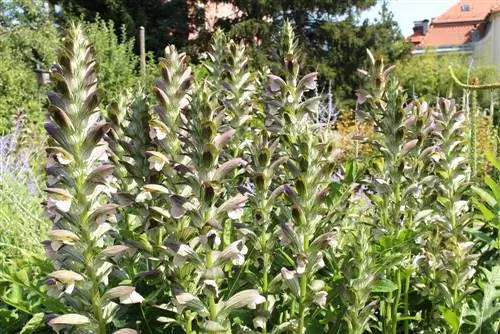
Is Acanthus hungaricus poisonous?
Acanthus hungaricus, also called Balkan hogweed, is not poisonous and belongs to the genus Acanthus. There is a risk of confusion with the poisonous giant hogweed, which belongs to the genus Heracleum.
Acanthus hungaricus is not poisonous
The reason for the guesswork about the poison content of Acanthus hungaricus is the popular name. A look at the botanical taxonomy sheds light on the matter:
- Balkan hogweed belongs to the genus Acanthus and is not poisonous
- Area of origin is Southeastern Europe
- Giant hogweed belongs to the genus Heracleum and is poisonous
- The area of origin is the Caucasus
You can therefore confidently include Balkan hogweed in the planting plan for the natural garden. The magnificent perennial thrives in beds and containers and is equally easy to care for. Light winter protection outdoors ensures that Acanthus hungaricus sprouts again every spring. In winter, potted plants prefer to stay in a bright, frost-free location behind glass.

